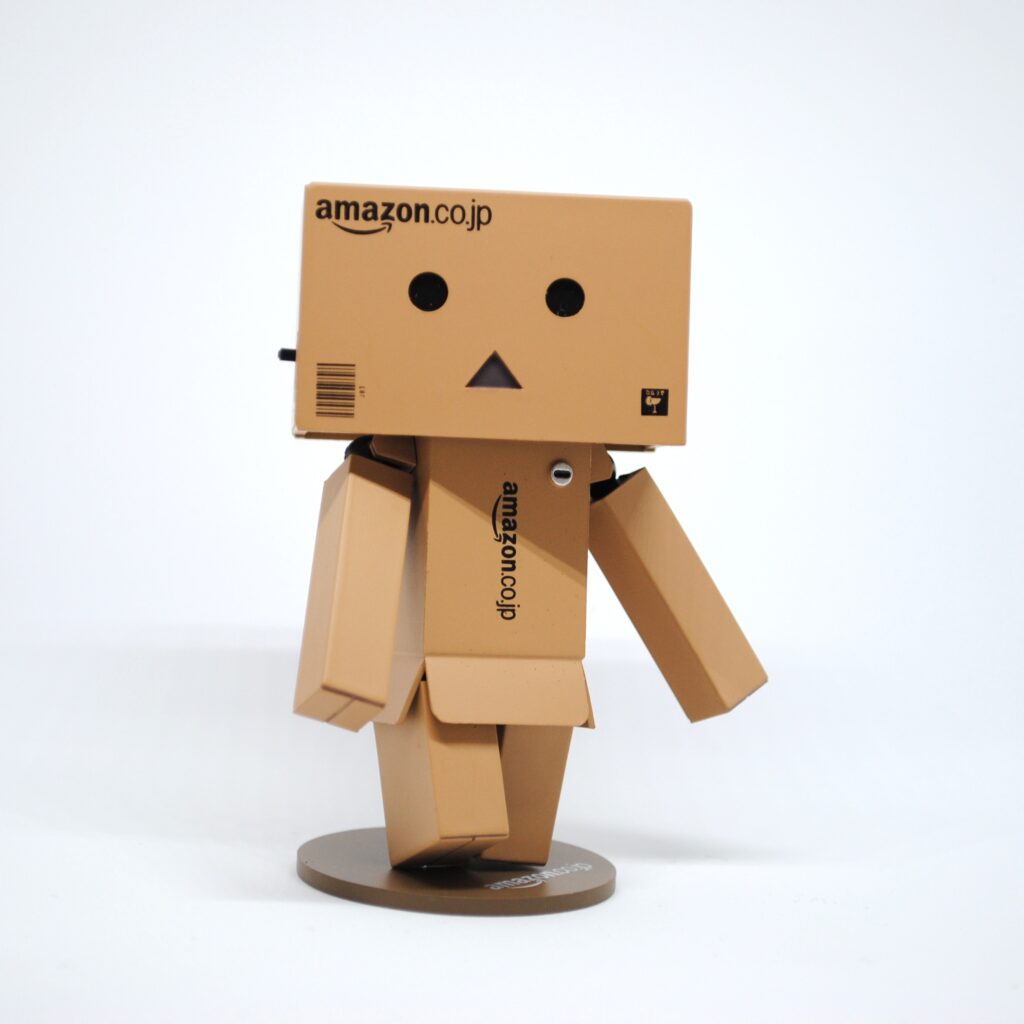In honor of Amazon Prime Day, let’s take a look at the inner workings of this company that is pushing the bounds of innovation, not only with Amazon Prime, but the many other cutting-edge management strategies.
The company that sets the tone for so many aspects of customer experience is breaking down internal barriers and showing how other companies can do the same. Amazon, a leader in customer experience innovation, has taken things to the next level by reorganizing the company around its AI and machine learning efforts.
Amazon Uses An AI Management Strategy Called The Flywheel
Amazon’s approach to AI is called a flywheel. In engineering terms, a flywheel is a deceptively simple tool designed to efficiently store rotational energy. It works by storing energy when a machine isn’t working at a constant level. Instead of wasting energy turning on and off, the flywheel keeps the energy constant and spreads it to other areas of the machine.
At Amazon, the flywheel approach keeps AI innovation humming along and encourages energy and knowledge to spread to other areas of the company. Amazon’s flywheel approach means that innovation around machine learning in one area of the company fuels the efforts of other teams. Those teams use the technology to drive their products, which impacts innovation throughout the entire organization. Essentially, what is created in one part of Amazon acts as a catalyst for AI and machine learning growth in other areas. Amazon is no stranger to AI. The company was one of the first to use the technology to drive its product recommendations. But as AI and machine learning grow, the flywheel approach has become a keystone to Amazon’s expanding business – a central stone at the summit of the company, connecting the organization together. This is particularly unique at a time when many companies silo their AI efforts and don’t integrate them into the overall company.
AI Is Not Located In One Particular Office At Amazon – It’s Everywhere
AI isn’t located in a single office at Amazon, and information is spread throughout departments. Machine learning technology is used by the product recommendation team to improve its product forecasts, and those insights are shared throughout the company. AI and machine learning powers three popular Amazon products: Alexa, the Amazon Go Store, and the Amazon recommendation engine.
The Amazon Echo, which features AI bot Alexa, has been one of the company’s most popular forays into machine learning. Amazon faced an uphill battle at the beginning, especially as it was one of the first companies to try its hand at creating a voice-powered virtual assistant that could fit on a countertop. Once the technology started to come together, divisions across the company realized that Alexa could be beneficial for their products. Some of the first skills for Alexa were integrations with Amazon Music, Prime Video, and personalized product recommendations from an Amazon account. Many companies now have Alexa skills that add value to the customer’s life such as Liberty Mutual and Capital one. Liberty Mutual provides auto insurance information and Capital One allows customers to make a payment through their Amazon device.
The cashier-less Amazon Go store also took advantage of the wealth of data to track customer shopping trends. Data from customers’ smartphone cameras tracks shopping activities and not only helps Amazon Go, but can also be shared with the machine learning team for continued development.
AI also plays a huge role in Amazon’s recommendation engine, which generates 35% of the company’s revenue. Using data from individual customer preferences and purchases, browsing history and items that are related and regularly bought together, Amazon can create a personalized list of products that customers actually want to buy.
Creating A Cohesive Customer Experience With Artificial Intelligence
Data from these three main pillars of the company work together to create a cohesive customer experience. A customer can visit the Amazon Go store to get a few items for dinner, ask Alexa to look up a recipe and the product recommendation engine can determine that the customer likely needs to purchase a certain type of sauce pan. Instead of fighting against each other, different divisions share their innovative knowledge to provide a customized and cohesive customer experience.
Amazon has come a long way since its early beginnings in AI and machine learning. The company now sells its machine-learning approach through Amazon Web Services to clients including NASA and the NFL. By taking advantage of AI advancements and applications in other areas of the company, it offers personalized AI solutions to large and small businesses.
In a world where so many companies are hung up with bureaucracy and silos, it is refreshing to see Amazon break down the walls to encourage innovation and growth throughout its entire organization. If other companies want to succeed and stay on the cutting edge of new technology, they might also want to consider a new organizational approach like the flywheel.
Blake Morgan is a customer experience futurist, keynote speaker and author of “More Is More.” Sign up for her weekly newsletter here.

